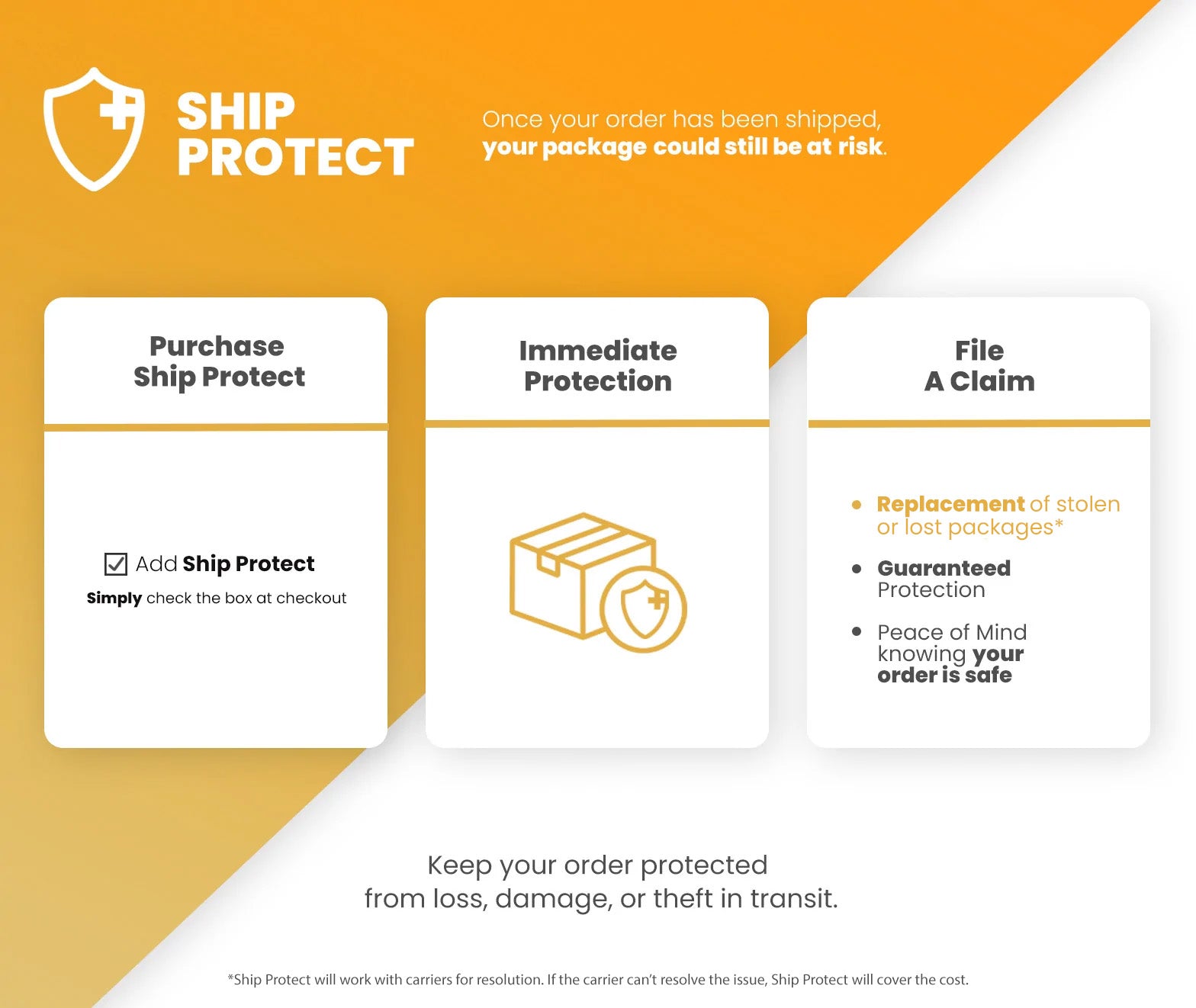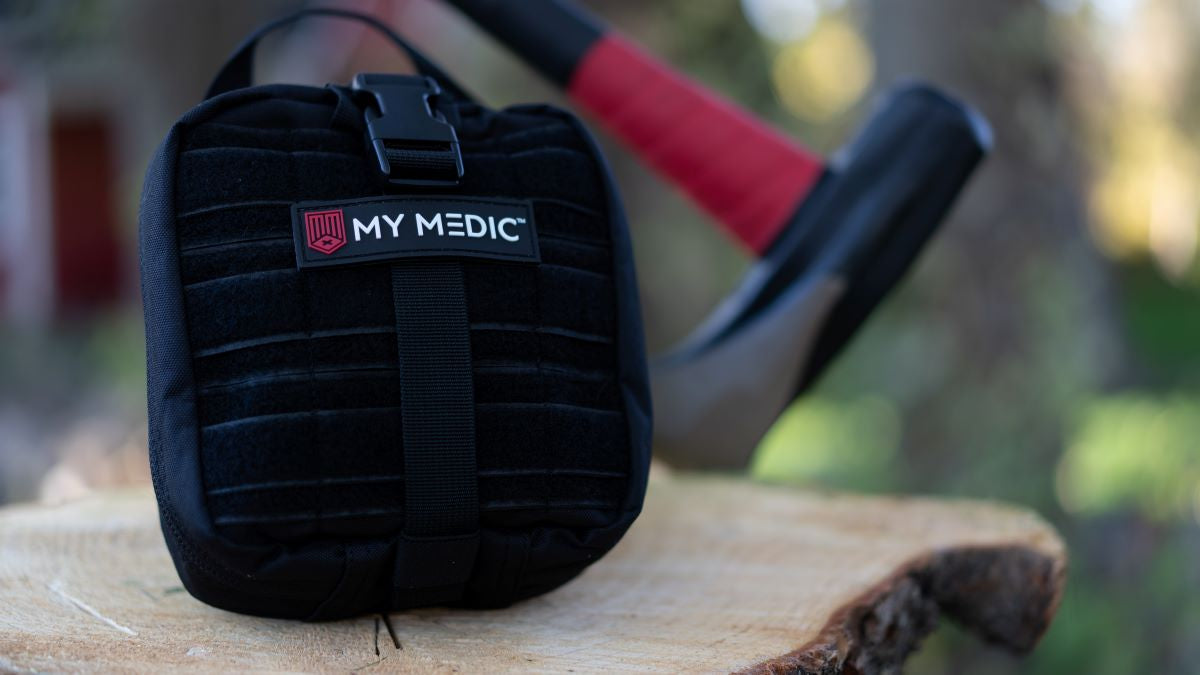Why You Need An IFAK
What is an IFAK
An IFAK "Individual First Aid Kit," is a miniature, life-saving kit that treats severe trauma. The trauma they mainly focus on is exsanguination (heavy bleeding) and breathing problems. Unless you buy a pretty comprehensive one or make

your own additions, most won't carry supplies to deal with sprains, headaches, and minor injuries.
IFAKs aren't necessarily a one size fits all product, unless of course you get a MyFAK. Instead, they are tailored to suit the intended use. For example, the different branches of the military have their own specialized IFAKs. The Marine Corps' IFAKs include water purification tablets and burn dressing, whereas the Air Force's IFAKs contain lip balm and Nasopharyngeal Airway Tubes.
Why You Need One
While most of us don't expect to be run over by a bus, it doesn't hurt to prepare for the possibility! Even if you aren't the unlucky victim, you can save someone else's life by carrying the proper equipment and knowing how to use it. Various seemingly harmless things can cause serious injuries. This includes, but is not limited to:
- Any and All Vehicles
- From boats and jet skis to motorcycles and tractor-trailers
- Heavy machinery
- This can consist of everything from chainsaws to forklifts
- Falling or something falling on you
- You'd be surprised how often this happens…
- Guns
- It could be a hunting accident, firing range mishap, or an active shooter
- Wilderness
- Even harmless looking creatures can scrape you up badly (don’t hug koalas), or, you know, a tree could fall on you
- Fights & Stabbings
- Whether it’s a mugging or you’re acting in self defense, it’s difficult to avoid injuries when a fight breaks out
- Wrong Place at the Wrong Time
- Even if you’re a very cautious person, you may have been cursed you with bad luck. Reeeaaally bad luck
- The Apocalypse
- This is kind of self explanatory
Even if you're confident you won't find yourself in any of the above situations, there are several locations where it's best to carry an IFAK. You could be in a rural area where help won't reach you promptly, a natural disaster could roll in, and frankly, at this point, the apocalypse could happen at any moment. Might as well be safe rather than sorry!
What Contents Should Your IFAK Include
We've divided this into two separate sections: the bare-bone basics and personal modifications. This way, you can easily see what your personal IFAK undoubtedly needs to contain and what items are great to have but not strictly necessary.
Bare-Bone Basics & What They Do
While it's fantastic to even carry an IFAK in the first place, it's even better if you know how to use each piece of equipment.

When you receive a puncture wound in the torso, neck, armpits, or groin, simply slap a chest seal on and let it do the hard work. Injuries in these areas allow air into your torso, which can collapse the lungs and cause cardiac arrest. Specifically, vented chest seals allow any air that has entered the torso to escape through the vents without allowing more in through the wound.
This gauze is a little different from your average gauze. Hemostatic gauze contains a special agent that causes wounds to form clots when in contact with wounds.
Gauze is a rather versatile material. It can wrap, pack, or secure various wounds. Closely woven gauze is used for its strength, whereas loosely woven gauze is best for absorbency.
While you may not be squeamish, have you ever heard about the danger of bloodborne pathogens? These pathogens are microorganisms that cause diseases in the host. They transfer from host to host through contact with bodily fluids. To protect yourself from pathogens and the patient from infection, it's best to wear gloves while administering first aid.
These devices, also known as NPAs, are used to create and maintain a victim's airways when they are unable to breathe normally or on their own. However, this does not help with choking victims.
Sometimes, wounds are too far up into the armpit or groin for a tourniquet. When this happens, you will need to pack the wound instead. After packing, a pressure dressing is applied to keep consistent pressure on the area to stop the bleeding.
While this may not seem necessary, when you apply a tourniquet to a victim, you need to write the time of application on the device. This way, medical professionals know how long it's been on and what treatment is required.

When a patient suffers from massive blood loss, it's hard for their body to regulate temperature, and it can quickly fall to hypothermic. Carrying a space blanket can keep their temperature from dropping to dangerous levels. Remember, it's easier to keep someone warm than to bring their temperature back to normal.
After applying a bandage or dressing to an injury, you can secure it in place with surgical tape. This is especially helpful if there are other wounds or victims that need first aid administered.
Every second counts when severe bleeding is involved. To quickly access the location of the wound, you need to use trauma shears to cut away any material hindering your efforts. A high-quality pair of trauma shears should cut through denim, zippers, seat belts, and heavy-duty work clothes.

These are used to stop the blood flow to arterial wounds. Since you can bleed out in the same amount of time it takes to cook a hot pocket, it's imperative that you apply one quickly and efficiently when this type of hemorrhaging occurs. Don’t know how to use a tourniquet? We’ve got you covered!
Personal Modifications
You shouldn't die without the supplies on this list, but you'll be prepared for minor injuries.
- Alcohol Prep Pads
- Antibiotic Ointment
- Antimicrobial Wipes
- Bandages
- Blister Tape
- Burn Gel
- Butterfly Bandages
- CPR Shield
- First Aid Guide
- Ibuprofen
- Saline Wash
- Triangle Bandages
Having access to an IFAK when you genuinely need one and being familiar with the contents is crucial. An emergency can happen at a moment's notice, whether there's prior warning or not. If you don't already have an IFAK, start compiling the components for it today. If you'd rather pick up a kit that's ready to go, My Medic's MYFAK Pro Kit has everything you need for minor and major emergencies!







